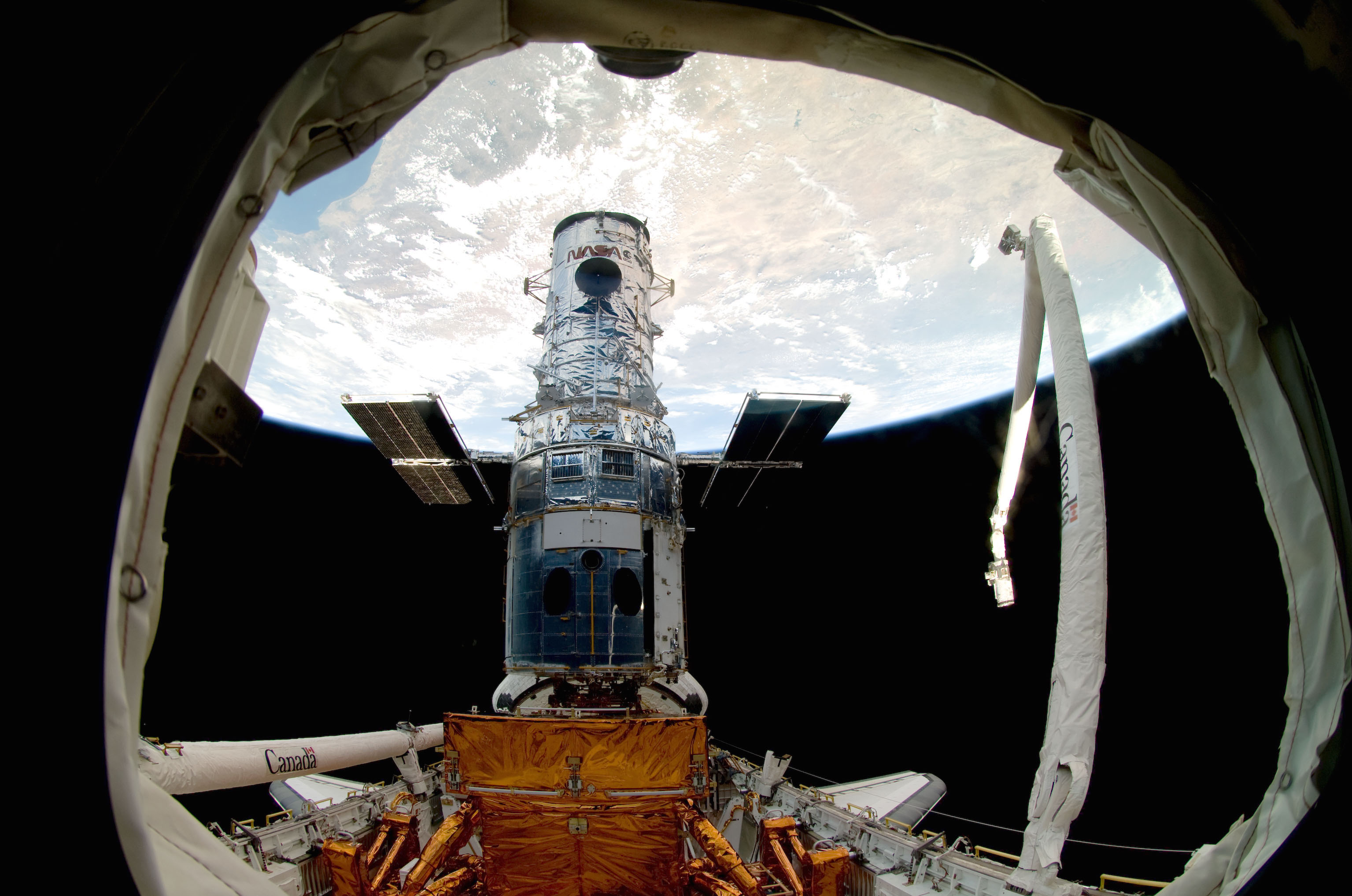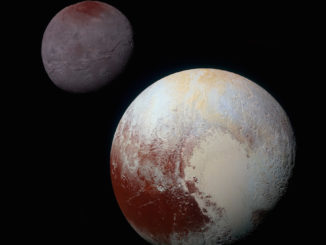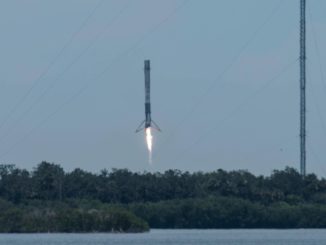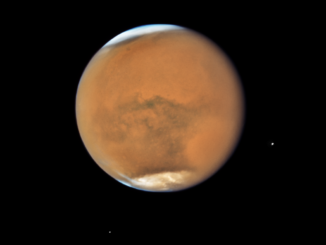
NASA has partially restored the Hubble Space Telescope to science mode after a software error temporarily halted observations, but engineers continue studying a problem that kept the telescope’s aperture door from closing and a separate concern with Hubble’s main camera.
NASA said Friday that Hubble resumed scientific observations at 8 p.m. EST Thursday (0100 GMT Friday) after going into safe mode Sunday. Safe mode is an event in which Hubble places itself into a safe configuration to await instructions from the ground.
Hubble entered safe mode Sunday after it detected a software error within the spacecraft’s main computer, NASA said. Ground teams at NASA’s Goddard Space Flight Center in Maryland traced the software glitch to code recently uploaded to Hubble to “help compensate for fluctuations from one of its gyroscopes,” NASA said.
The gyroscopes are part of Hubble’s pointing system, uses reaction wheels to pivot the telescope toward distant galaxies, stars, and planets to collect scientific data and imagery. The gyroscopes measure the direction and rate of the spacecraft’s movement when it turns.
Engineers found the software error that caused Hubble to enter safe mode last weekend involved an enhancement that did not have permission write to a specific location in the main computer’s memory, NASA said. Ground teams removed the suspect code from the computer to allow Hubble to quickly resume scientific operations, and will update the enhancement to upload to the spacecraft again in the future, officials said.
But NASA continues to study two separate issues engineers discovered when Hubble was in safe mode.
One involves the aperture door at the top end of the telescope, which failed to automatically close when Hubble went into safe mode Sunday. The door prevents bright sunlight from damaging Hubble’s sensitive instruments, and closing the lid to the telescope during a safe mode is supposed to protect the inside of the telescope in case the spacecraft accidentally points toward the sun.
NASA closed the aperture door when space shuttles visited Hubble for servicing missions, but the door has never been commanded closed upon detection that the spacecraft’s pointing was straying too close the sun, the agency said in a statement.
Further analysis by ground teams indicated the cover remained closed despite commands and power sent to the aperture door. Manual commands uplinked from ground controllers to the door’s primary motor also failed to budge the telescope cover, NASA said.
“However, the same commands sent from the ground to its backup motor did indicate movement, and that motor is now set as the primary motor. The team is looking at options to further reduce any associated risk,” NASA said.
Engineers are also assessing a “low voltage issue” with Wide Field Camera 3, Hubble’s newest science camera and most-used instrument. The error is preventing the camera from resuming its observations, but Hubble’s other instruments are fully recovered and operational, NASA said.
The famed orbiting observatory, developed by NASA with contributions from the European Space Agency, was serviced and upgraded by five space shuttle missions. The most recent servicing visit by astronauts aboard the shuttle Atlantis in 2009 installed Wide Field Camera 3.
With the space shuttles retired, Hubble is in the twilight of its mission. NASA’s next advanced space-based observatory — the James Webb Space Telescope — is set for launch in October to extend the vision of Hubble with a larger mirror and a more sophisticated suite of scientific instruments.
Last year, during virtual celebrations marking the 30th anniversary of Hubble’s launch, mission managers said they expected to get at least five more years of worthwhile astronomical observations with the long-lived observatory. Only three of Hubble’s six gyros are still functioning, and the telescope needs three for regular operations.
That leaves Hubble without redundancy in its gyro system. Engineers have devised ways to continue some of the telescope’s observations with just one gyro, but that would come with limitations in where Hubble could point as it orbits about 340 miles (550 kilometers) above Earth.
Email the author.
Follow Stephen Clark on Twitter: @StephenClark1.



